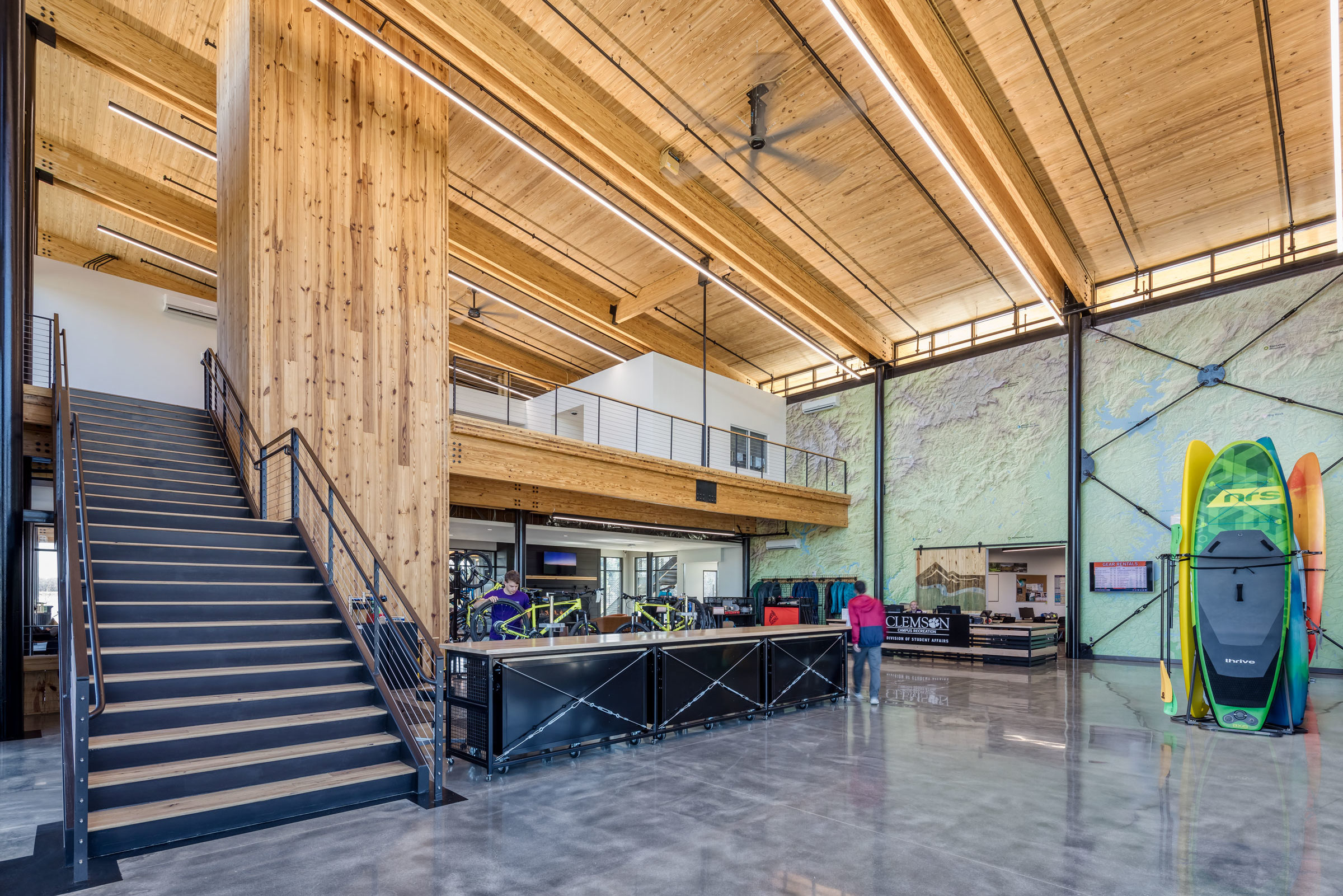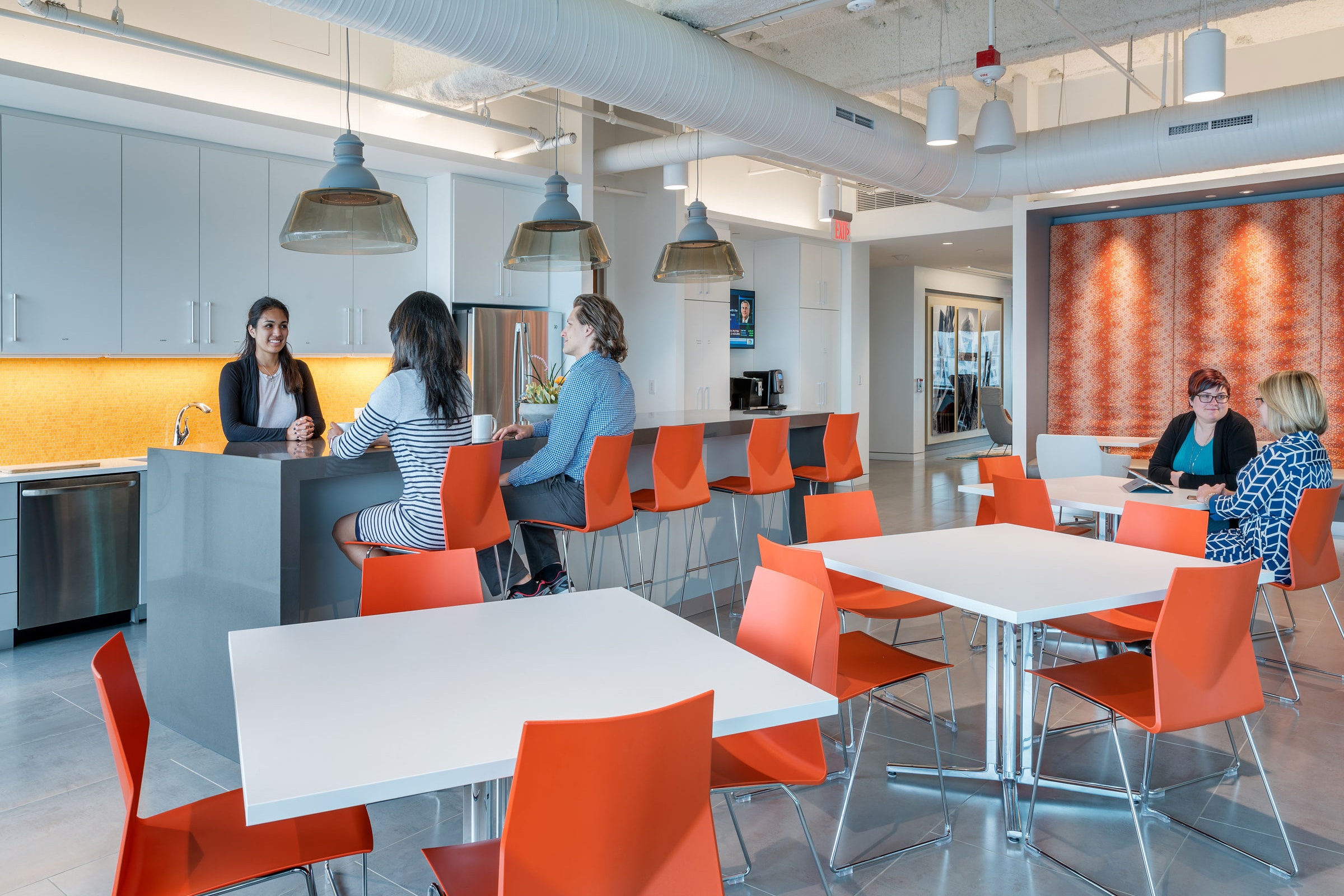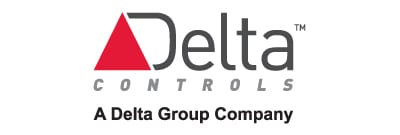In the age of COVID, we’re hearing about how to upgrade air handling systems to help remove contaminants from buildings, such as high-efficiency air filters and UV lamp systems. Advanced cleaning and filtration systems like those used in health care buildings can go a long way toward reducing the spread of infection indoors, but what if you’re trying to plan a return-to-work strategy for your office, or you’re concerned about classrooms reopening?
Two words: touchless technology.
Why Buildings Need Touchless Technology
COVID-19 can spread in tiny droplets from an infected individual through talking, coughing, and even just breathing. These tiny droplets are referred to as aerosols, and the aerosols containing the disease can be quite small. Even droplets as small as 5 micrometers in diameter can carry the infection. For a frame of reference, that’s just a little bigger than the width of a strand of spider’s silk.
The average air filter isn’t going to come close to stopping a droplet that small, and upgrading your filtration system may be more expensive than you’d guess. The issue isn’t necessarily in the cost of the high-efficiency filter you’d need or the frequency of the changeouts that those filters require. When you increase the efficiency of a filter, you have to restrict the amount of air that can pass through the filter. This means that you need to have a greater pressure of air in order to supply the same amount of air to a space. An office or a classroom might become a more infectious environment by increasing filtration if you’re not also increasing the supply of air, being as the air handling system’s first job is removing air that’s contaminated and supplying fresh outdoor air to a space.

Photo courtesy of Delta Controls
If you want to increase filtration, you need to increase the size of the air handling unit that’s supplying the space. This means a costly upgrade in mechanical equipment in addition to the cost of the filtration system. These costs are likely prohibitive to schools and offices that may not have extensive budgets for retrofit. Even in new construction, these designs may simply be too expensive to be feasible. If we’re not going to be able to filter additional aerosols from the air, what can we do to make our offices, schools, and hospitals safer?
The answer may come from the mechanical side of construction. The controls industry is working on the reality of a touchless office, where contact with commonly used objects in a workplace facility is reduced or eliminated entirely.
Within a conventional office space, all of the technologies that help make the space work are siloed. Access control is on its own network or subnetwork. Lighting is handled by direct switching or a simple subnetwork of basic controllers. Heating ventilation and air conditioning (HVAC) run in parallel to these systems.
A study done by the Carleton Institute for Civil Engineering shows that a light switch is touched once every two hours. A wall thermostat is touched once every 35 hours. These numbers are from systems that employ conventional building automation. Neither the CDC or the WHO have determined exactly how long COVID-19 can exist on an inanimate surface, but their most conservative estimates are far beyond those timeframes.
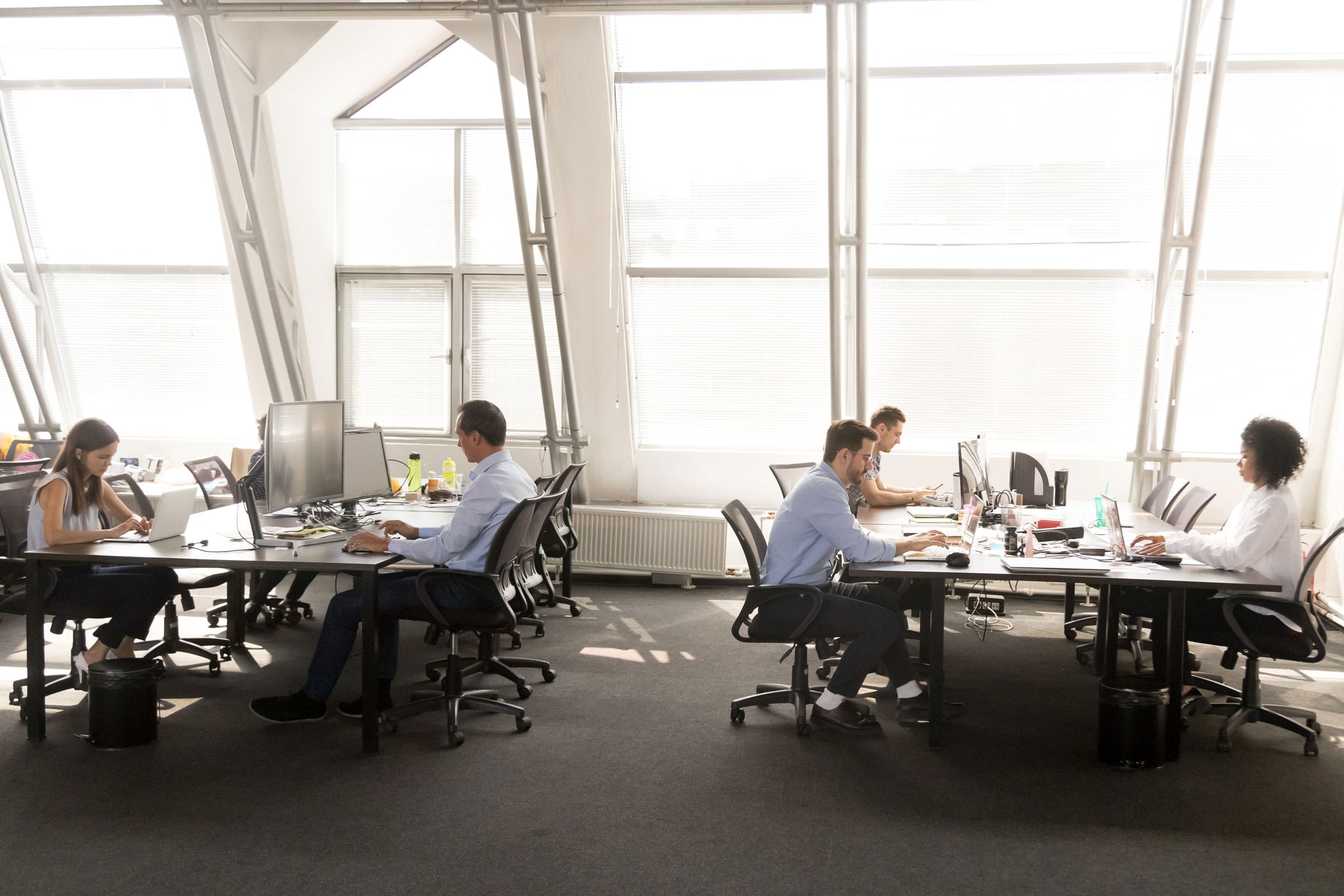
Photo courtesy of Delta Controls
The Technology Behind Going Touchless
It’s only the most recent advancements in technology that make it possible for touchless spaces to exist. In a touchless office, the separate networks that control lighting and access control disappear. End devices are integrated directly into the building automation system, and their control is automated, or they’re operated from a user’s phone. New apps allow for the complete control of any connected device. These apps are similar to those used in smart home technology, but they allow for the separation of users and the advanced security that workplaces require.
It’s all made possible by the advancements in network technology and their widespread implementation across devices. BAS devices can connect directly to access and door control using Bluetooth, WiFi, and IP communication. Lighting can be controlled using any number of protocols starting with dedicated communications, such as the DALI lighting protocol to more open systems like those mentioned for access.
The real advancements come from devices that haven’t historically been connected to a BAS. With IoT, everything from the blinds in an office to the screens in a boardroom can be connected to the system and controlled from one interface. This is all only possible when it’s one interconnected network controlling it all. We’ve had system-level integration of networks within buildings for years, but the costs of integrating independent networks and the lackluster results of the integrations can discourage users and system designers.
In a system-level integration, two networks speaking their own languages are forced to interact. It takes skilled integrators that need to become versed in both systems to make them work together. Some of the technical difficulties in getting these systems to work together can result in missing features from either system or workarounds that aren’t intuitive to the end-user. All of this encourages users to resort to manual control, creating high traffic infection points.
With device integration, BAS controllers can act as a hub for all the devices in the room. When the devices are directly connected, the integration is much simpler, and device features can be more fully utilized. If the BAS implements intuitive control, users will be more likely to use their phones to raise blinds, adjust lighting levels, or control the temperature of their environment.

Photo courtesy of Delta Controls
How Does Touchless Technology Work with Multiple Shared Devices?
So where does that leave workers who need to touch many shared devices or controls? It’s IoT and the increasing prevalence of alternative communication types incorporated into BAS devices that solves the other half of the equation.
Let’s take a boardroom, for example. In a touchless office, the door can be automated using sensors at the entrance or near-field communication between a door access point and a user’s phone. People won’t need to touch the door handle to gain access to the space. Once they’ve entered, lighting can be adjusted automatically, and temperature preferences can be input with the user’s phone.
But if the occupant wants to deliver a presentation, that still leaves a TV or projector remote control. These devices can now be integrated via IR communication directly from the BAS or integrated via SmartTV technology. You could conceivably hold an entire meeting with minimal exposure to infection points.
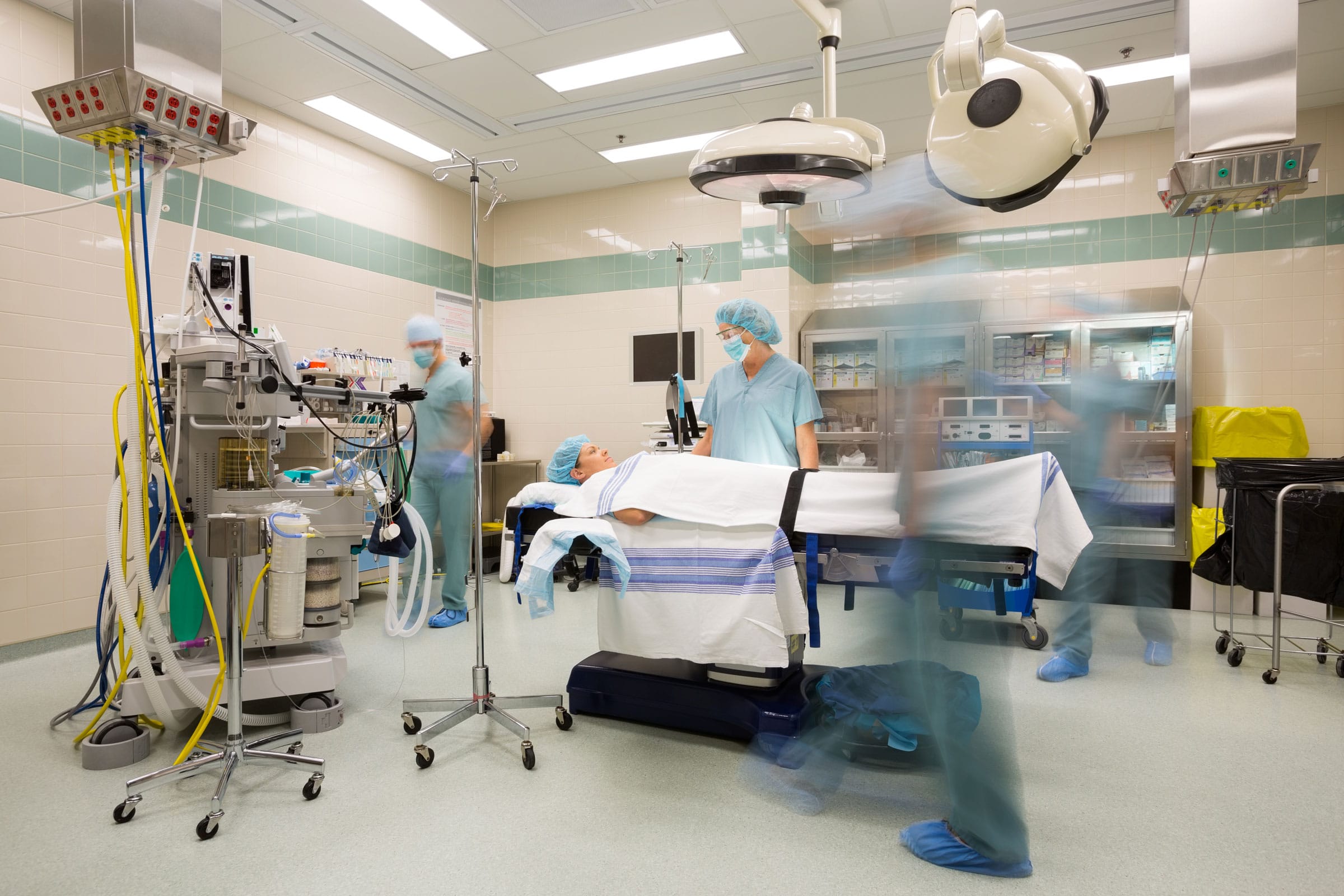
Photo courtesy of Delta Controls
How Does Touchless Technology Work in Schools and Health Care Facilities?
How does device-level integration help educators safely help children get back to school? Many of the devices present in a boardroom are very similar to the devices found in a classroom. With a relatively low retrofit cost compared to mechanical equipment revision, control of the classroom can be accomplished by a teacher’s phone. Doors can be automated to be unlocked by staff in the same touchless manner, and motion or pressure sensors can be used to open them by students. With widespread device-level integration, teachers can control the room in the same fashion as an office.
Healthcare buildings with advanced air filtration systems can still benefit from this integration as well. Filtration will help with airborne contaminants, but it still doesn’t reduce the risk of someone coughing into their hand and then touching a door handle or light switch. The staff of hospitals and other healthcare buildings are more sensitive to the need to reduce touchpoints, and device-level integration makes it easier for them to accomplish those goals.
What are the Challenges of Touchless Technology?
The major barring factor in achieving the vision of a touchless office resides higher in the process of building construction and retrofit. Architects and engineers need to know what’s possible with the latest in building automation technology, or these solutions won’t be specified or suggested to building owners. In a traditional specification, each area of control—things like lighting, access, and HVAC—are relegated to different sections of the specification. This means that the BAS or master integrator doesn’t have the option of using device-level hubs that can integrate these devices directly.
Integrators and controls manufacturers will always seek out relationships with building owners and operators so they can influence how technology will be integrated. For architects and engineers concerned with using the latest technologies available, they should seek out learning opportunities for what integrations are available in the marketplace and who can provide those solutions. It’s never been easier to find someone offering webinars or remote learning. After all, the vision of a touchless office is still just a vision for many, and the risks of returning to the office too soon are too great.

